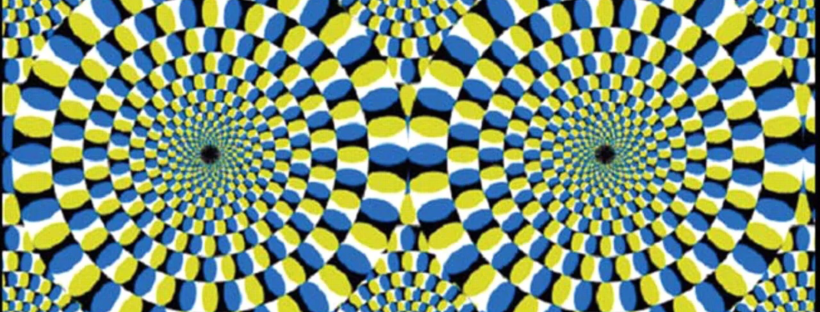I originally wrote this post in 2019 for an old and now retired blog.
Years ago, when I explained to a friend that written words would vibrate and float around she told me that it was a common dyslexic issue. I was surprised as I’d been a fluent reader long before I started school, tested as having a reading age of 13 when I was 7, and was a voracious reader throughout my teens, often reading a book each night until doing an English Literature A level made me lose my love of books for a while. Writing was also easy. I looked into it. I’m not dyslexic.
However…
I have always described my reading style as staring at a passage, catching the words like fish into a net, and then hoping my brain would process them and rearrange them into the right order. In some ways this is not as bad as it sounds. I can skim read a passage of writing fast and pick out the relevant information. This was great when I was at school and hadn’t read something for homework. I could easily skim a few pages and get the gist while everyone else was still getting their books out.
I was also a pretty good sight-reader which got me out of no end of trouble in instrumental lessons and orchestra rehearsals when I’d rarely done the required practice to learn the music beforehand. I could scan a passage of music while playing it and translate the notes, phrasing and chords etc to my fingers very easily. Considering playing and teaching viola and piano was my livelihood throughout my twenties this was a super useful skill!
So why was this a problem?
Headaches. Headaches from trying to slow down and read stuff properly. Headaches from trying to understand sentences that I’d made some sort of anagram with and come up with a new meaning for. Headaches from realising I’d missed some of the poetry and musicality of a phrase and having to read over again. Headaches from those words vibrating and jumping and disappearing altogether. Tricky little buggers.
But a few days ago, in reply to one of my tweets, somebody recommended coloured overlays. I bought a packet of wide bookmarks (designed for dyslexics) in a range of colours and, one at a time, put them over the book I was reading. Yellow, meh. Green, Meh. Pale blue, pfft. Purple…
Wait… What?
The. Words. Stayed. Still.
I could see every word. Each letter had a clean, clear edge. I could see the words one at a time and in the right order.
Mind. Utterly. Blown.
I’ve been reading for 43 years (I’m 46) and feel like I’m just learning how to do it properly!
It’s got its own quirks. I’m going to have to practice reading every word in the order it was meant to be read in. It’s strange. And to be honest, it feels a bit ploddy, a bit pedestrian. Less adrenaline fueled. But on the plus side, a deeper, more sensory experience. I keep reminding myself to slow down and appreciate the journey. To focus on the story. Or the journal article. Or the instructions.
I think it would be worth me looking into a bit more. Apparently it has something to do with visual tracking challenges, which could just be part of my being autistic, or might be to do with dyspraxia (which I think I fit the criteria for but haven’t yet sought a diagnosis). But in the meantime it’s going to mean practising. Some bigger overlays could be useful. Maybe some computer software. But mostly practice. Lots and lots of reading. Yippee!
Since I wrote this I have found that larger coloured overlays can be really helpful, as can writing all my word documents on a coloured background (while your document is open click on design and opt for page colour). I have a purple lined Pukka notebook and sometimes I wear tinted glasses.
